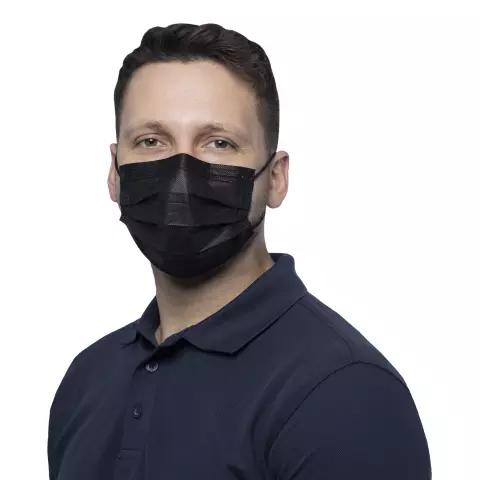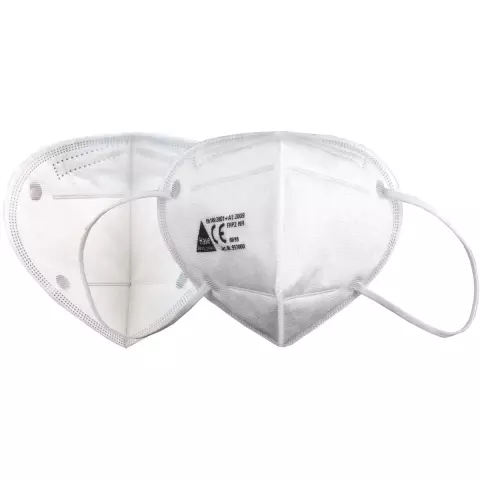Respirators
Respirators, also known as air-purifying respirators (APRs) or masks, are essential safety devices designed to protect users from inhaling hazardous airborne particles, gases, or vapors. Commonly used in industries such as manufacturing, construction, pharmaceuticals, and chemical processing, these devices ensure worker safety by filtering out contaminants and providing clean, breathable air.
Respirators, also known as air-purifying respirators (APRs) or masks, are essential safety devices designed to protect users from inhaling hazardous airborne particles, gases, or vapors. Commonly used in industries such as manufacturing, construction, pharmaceuticals, and chemical processing, these devices ensure worker safety by filtering out contaminants and providing clean, breathable air.
Respirators, also known as air-purifying respirators (APRs) or masks, are essential safety devices designed to protect users from inhaling hazardous airborne particles, gases, or vapors. Commonly used in industries such as manufacturing, construction, pharmaceuticals, and chemical processing, these devices ensure worker safety by filtering out contaminants and providing clean, breathable air.
List products you’re looking for and we’ll find the best products and prices for you – all for free.
Need help?
Get help from our experts
Be the first to hear about offers, industry trends and get tips on industrial supplies.
FAQ – Frequently Asked Questions
You can pay with any of the following popular payment methods:
Need help?
Get in touch with our customer support if you need help
Chat with us
Get help from our experts

















